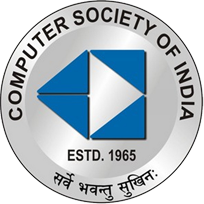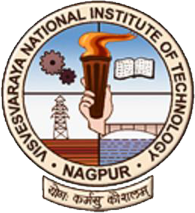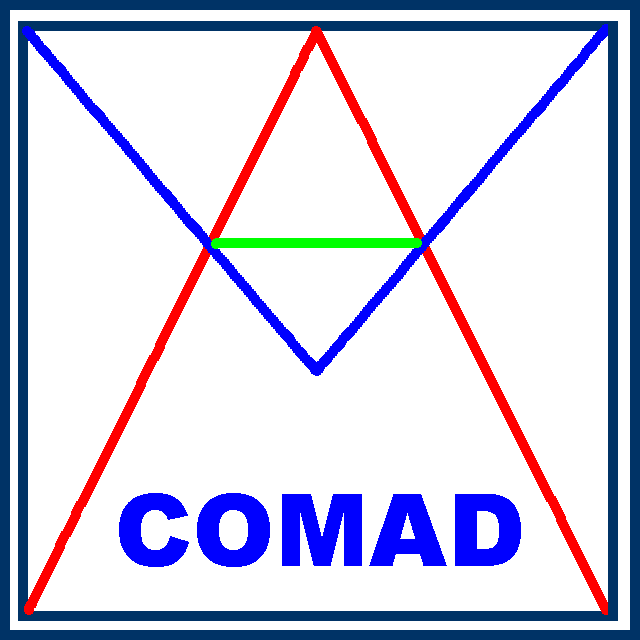Submission Instructions
Instructions for Paper Content
Instructions for Tutorial/Demo Proposals
Submission Instructions
Formatting Instructions
Instructions for Paper Content
Research Papers
We solicit original research papers on the theory, specification, design and implementation of data and information management systems, including the areas of Web, Information Retrieval and Data Mining.
Industrial Papers
We solicit original submissions covering innovative commercial implementations in the areas of database systems, Web, information retrieval and data mining, novel applications of technology in these areas and experience in applying recent research advances to practical situations. Such papers should describe innovative implementations, new approaches to fundamental challengess or major technical improvements to the state-of-the-practice.
Duplicate Submissions Policy
A paper submitted to COMAD 2010 cannot be under review for any other conference or journal and has to be substantially different from previously published work. Authors submitting papers to the COMAD conference are expected to agree to the following terms:
"I understand that the paper being submitted must not contain substantial overlap with any other paper currently submitted elsewhere. Furthermore, previously published papers with any overlap are cited prominently in this submission."
Duplicate submissions will be rejected. Questions about this policy or how it applies to your work should be directed to the program chairs.
Copyright Information
Authors of accepted papers will need to sign a publishers copyright release form and present their paper at the conference. The proceedings will be released shortly after the camera-ready copy date, so any patent applications should be made before then.
Instructions for Tutorial/Demo Proposals
Tutorial Proposals
We invite the submission of proposals for tutorials relating to all aspects of data management, including database systems, Web, information retrieval and data mining. We particularly encourage work on topics of emerging interest in the research and development communities in these areas.
Tutorial proposals must clearly identify the intended audience and include enough material to provide a sense of both the scope of material to be covered and the depth to which it will be covered. Tutorials can run for either 3 hours or 1.5 hours. Please indicate which of these time periods are suitable for your proposal. If you can work with either length, be sure that your proposal makes clear the content of both the long and short versions.
Additional materials (draft slides, etc.) may be submitted or referenced by URL, and these materials will be considered at the discretion of the program committee.
Demo Proposals
COMAD 2010 seeks proposals for live demonstrations of innovative database system and information retrieval research.
Research prototypes as well as commercial products are welcome. However, COMAD is not a forum for marketing or sales
presentations. The presenter is expected to understand the system being demonstrated and explain the contributions
of the system to the audience. Demonstrations of previously published systems are also welcome. All demonstration
submissions must be within four pages in IEEE proceeding style (double-columned pages) and should provide a short
description of the demonstrated system, a summary of its novel characteristics, the list of functions and features
that are going to be demonstrated, and state the significance of the contribution to database and information
retrieval research.
Submission Instructions for Papers and Proposals
Research, Industrial Papers
Submission should be done through the EasyChair System
here
Demo and Tutorial Proposals
Submission should be sent to respective chairs through E-mail.
Formatting Instructions
Length and Layout
Both submissions for refereeing and final copy for the proceedings must be laid out according to the Camera Ready Copy format described below. It is the author's responsibility to make the paper readable, relevant and interesting before submission for consideration by referees. This includes legibility of diagrams and quality of English.
Camera Ready Copy format:
The page format must be double-column and single-spaced in 10pt or larger font and formatted for Letter/A4 size paper, with at least 1 inch margins at the top and bottom, 0.75 inch margins on the left and right sides, and 0.33 inch gap between the columns. The submission style guide gives detailed instructions.
To help you easily format your submissions, the following files are provided:
A sample Latex file that conforms to the formatting guidelines is also available.
Camera-ready submission should be done through the EasyChair System
here
Page Limits
Research and Industrial Papers: Maximum of TWELVE (12) Letter/A4 pages in the above Camera Ready Copy format. This includes all parts of the paper: title, abstract, body, and bibliography.
Demo Papers: Maximum of FOUR (4) Letter/A4 pages in the above Camera Ready Copy format. Tutorial Proposals: Maximum of FOUR (4) Letter/A4 pages using 11 pt or larger font.
Submission Document Type
The submitted papers MUST BE IN PDF. It is essential that they print without difficulty on a variety of printers using Adobe Acrobat Reader. Therefore, authors must be sure that any special fonts are included, etc. It is the absolute responsibility of the authors to ensure that their submitted paper is in PDF and will print easily.
Additional Hints (courtesy VLDB)
- A search on the web will identify a number of freely available tools that are able to convert different file formats into pdf format. It is particularly important that only standard fonts are used and that bit-mapped fonts are avoided. If non-standard fonts are needed they must be embedded in the submitted file.
- If you are planning to generate a Postscript file and then converting it into pdf using "ps2pdf" use the option -Ppdf with dvips, e.g., "dvips yourfile.dvi -Ppdf yourfile.ps" and then "ps2pdf yourfile.ps". Most systems should support the -Ppdf option; if yours does not, consider contacting your system administrator.
- Adobe Reader (which is freely available for a number of platforms) allows one to inspect the fonts used in a pdf file (typically under the option File/Document Info/Fonts). Before you submit your pdf file, it is recommended that you use that tool to make sure that all fonts used are listed as embedded.
Acknowledgments: Much of this material is taken from the Sigmod and VLDB CFPs.
|







